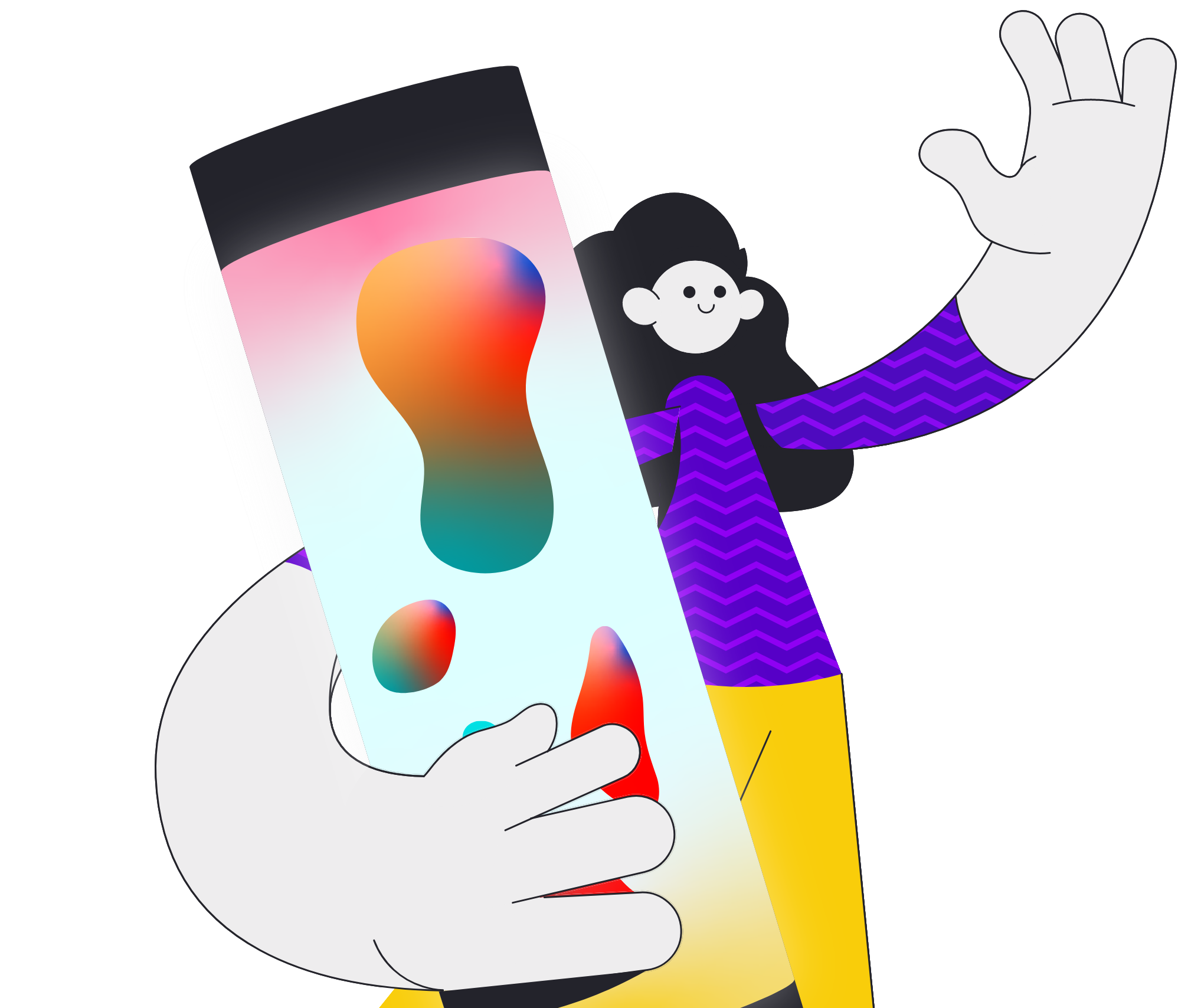DATA
Data is such an intimidating word. People tend to associate it with things like science or technicality, basically giving you no breathing room to be creative. And that’s okay, it’s normal to be overwhelmed by numbers. As business owners, constantly checking analytics or understanding platform data might feel like an extra step hindering you from focusing on what’s important.
DATA IN DESIGN
Again, it’s normal to think that. When Sunday Studio started out, that initially guided our way of thinking as well. We did not want to feel limited by the numbers. In the beginning, we didn’t think creativity and data could exist harmoniously in the same space – they’ll just clash. But over the years of working with hundreds of organizations, experiencing firsthand the development of capturing and understanding data, especially on digital, we learned to appreciate the value of data in design. Instead of limiting you, it actually gives more opportunities to tell your story properly, to reach out to more people, and to achieve and track your goals.
TRANSITIONING TO DIGITAL
Especially now, and we’re sure everyone can relate, this pandemic has pushed us to rethink our ways. We’ve all been used to interacting face-to-face – reaching out to prospects, exploring new opportunities with clients, or convincing people to buy products. But with the pandemic, digital transformation has become mandatory.
So how do we adjust?
Think of your current situation as an opportunity. The pandemic did not just force companies and organizations to go digital, it also forced people to integrate digital in their daily lives. From socializing via Zoom, booking classes online to buying groceries through apps, the learning curve has been cut short. People are now more comfortable interacting and transacting online. And for businesses, this can be an advantage.
Data allows us to understand the people interacting with our online platforms through their digital behaviors and footprints. We’ll understand how our target users navigate through our website, get a sense of what they like and what they don’t like, and determine friction points. This will help us optimize our conversion platforms and make the user experience seamless for our customers to respond to our call to actions.
But before even thinking of jumping ahead and opening your analytics, you need to answer four simple but critical questions because the key to appreciating your data is tying it to your business goals.
- What is your objective?
- Who are the people you want to target?
- What do they need to know about you?
- What do you want them to do on your website or what is your call-to-action (CTA)?
Your answers will guide you as you begin to analyze data on your website. Analyzing your data will be easier and more approachable when you understand how it affects your objectives for the website.
UNDERSTANDING YOUR DATA
There is a multitude of data points to analyze. For beginners, it’s best to focus your attention first on the essential but have the most significant impact to your website. Here are some examples of what to look out for:
1. User Profiles
These data points paint a picture of your website visitors – where in the world they come from, what time they visited, and even what device they used to view your website. You’ll be able to optimize your content uploads to the time where you get most trafffic and check if you are targeting the right audience. Understanding the device they use to visit your site will also help you create a more optimal experience for the type of screen real estate they use to navigate your pages.
- User by time of day
- Sessions by country
- Sessions by device
2. Site Content Overview
Understanding how your website visitors interact with the different pages will allow you to determine what type of content you should develop and prioritize. Their interactions can be broken down from what specific page they visit to how long they stay on each page. Bounce rate or how many of your viewers exit the site after just navigating through one (1) page can also be monitored. A high bounce rate means you need to rethink your user experience in order to encourage visitors to interact more with your website and respond to your call to action. This will help you assess your user experience and quality of content you publish to capture their interest, retain their attention and most importantly, compel them to take action through your CTA.
- Page Views
- Unique Page Views
- Average Time on Page
- Bounce Rate
- Exit Rate
3. Site Optimization
Getting insights on your website’s average page load time, redirection time, and download time will help you determine whether your website design should be further optimized to fasten the site speed and improve the overall user experience. Waiting too long for a page to load increases the chance of visitors to just move on to the next website and forget about yours completely. A wasted opportunity, because they’ve already landed on your page.
- Page Load Time
- Redirection Time
- Page Download Time
INTEGRATING DATA TO WEBSITE DESIGN
Now you know the fundamentals, you can set up your KPIs and activate other platforms to generate traffic to your website:
- Social Media Pages
- Email Marketing
- Press Release
- Guest Posting
- And others
Again it’s the same process for these campaigns. Set your objectives, analyze your current data, set KPIs, execute, then analyze again. Success in digital efforts is through consistent optimization, and we can only optimize by understanding data.
IMPACT OF DATA ON WEBSITE DESIGN
Data is more useful than we think. Translating them into valuable insights that can help us achieve the best user experience to capture interest, retain attention, and compel action. Pairing this strategic approach to creative thinking will help you achieve maximum results you want for your platforms, allowing them to function intuitively based on your users’ personalized choices, accessibility, and preferences.











